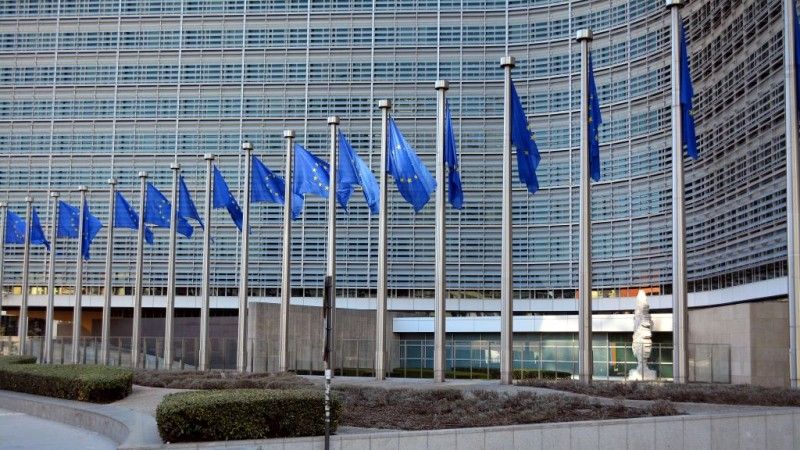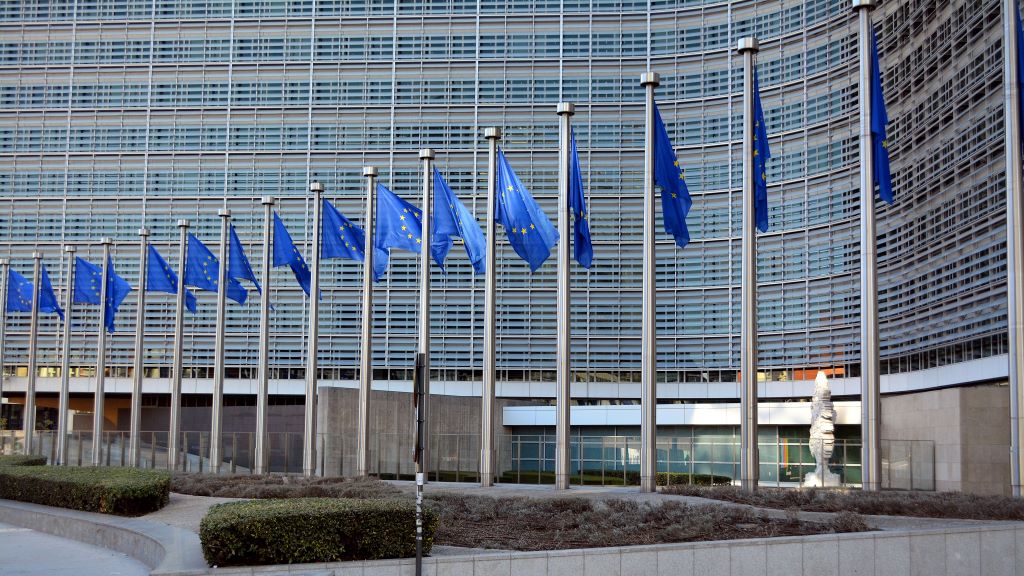
Photo. Carl Campell/Unsplash
Copy link
Send email
The signing of the trade agreement between the European Union and the United States has become the subject of intense debate, revealing the complexity of transatlantic economic cooperation as well as the divergence of interests among different social groups and sectors of the economy. Officially described as “mutual, fair, and balanced,” the document has in practice sparked serious controversy regarding its actual impact on agriculture, the economy, and the political standing of the European Union.
The strongest objections come from agricultural organizations, which view the agreement as a threat to the stability of the EU’s farming sector. Critics point to the asymmetry in production conditions between Europe and the United States. American agriculture benefits from lower costs and less restrictive regulations, placing European producers in a structurally unequal competitive position. As a result, EU farmers may be forced to compete not only on price but also at the expense of abandoning high environmental and quality standards. This could lead to downward pressure on family farm incomes, a weakening of the sector’s market position, and the deepening of social problems in regions dependent on agriculture.
Controversy is also growing at the institutional level. In the European Parliament, voices opposing the ratification of the agreement have emerged, citing, among other reasons, the imbalance in trade concessions. The European Union agreed to reduce certain tariffs, while the United States retained a significant portion of its barriers, particularly in strategic sectors. Such asymmetry undermines the declared principle of reciprocity and raises questions about the true balance of interests. A potential decision by Members of the European Parliament to block the agreement could have consequences extending beyond the economic dimension, weakening the EU’s credibility as an actor capable of consistently pursuing trade policy on the international stage.
Nevertheless, the potential benefits cannot be overlooked. The agreement envisions significant European investments in the United States, which could foster innovation, technology transfer, and increased competitiveness of enterprises. The liberalization of certain trade barriers may encourage more intensive economic exchange and, consequently, strengthen the transatlantic partnership in the face of global challenges, particularly competition from China. However, the benefits of the agreement are dispersed and require time to materialize, while the costs—especially in European agriculture—may emerge quickly and in a concentrated manner.
Observing the ongoing dispute over the agreement, it becomes clear that the issue goes beyond technical tariff matters and touches on the fundamental question of the direction of European integration and its place in the global balance of power. On one hand, there is a vision of the EU as a global actor, ready to take risks and bear sectoral costs in the name of strengthening its international position. On the other hand, there is strong pressure to protect internal social cohesion and the economic security of vulnerable groups that may become victims of trade liberalization. The final assessment of this agreement will depend on the EU institutions’ ability to reconcile these two perspectives. Otherwise, there is a risk that instead of reinforcing transatlantic cooperation, the agreement will become a source of long-term tensions both within the Union and in its relations with external partners.
